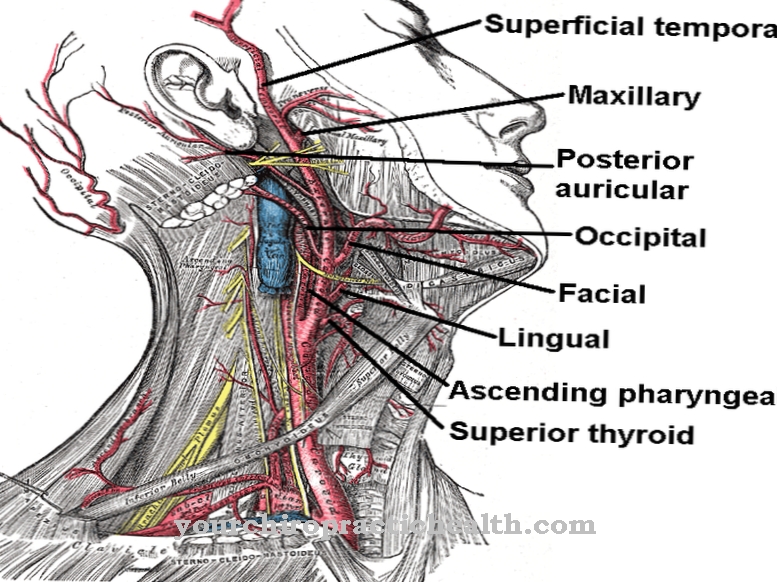The Zika virus infection, known since 1947, is a viral disease that is transmitted by mosquitoes. So far it has mainly occurred in Africa, Southeast Asia and the Pacific islands. Since 2015, the Zika virus also found in South American countries.
What is the Zika Virus?
The virus was first discovered in a monkey in Uganda in 1947 and was named after a forest near the Ugandan capital, Kampala. The Zika virus, like the dengue and yellow fever viruses, belongs to the Flaviviridae family. According to the World Health Organization (WHO), the first human case became known in 1968.
The virus is transmitted by infected mosquitoes such as the Asian tiger mosquito (Aedes albopictus) and the yellow fever mosquito Aedes aegypti. The disease may also be transmitted from person to person through sexual intercourse.
Zika infections are usually harmless in adults. The infection often goes unnoticed. Otherwise, the disease causes a mild fever, rash and itching, as well as headache, joint pain and muscle pain.
However, in rare exceptional cases, more dangerous developments can occur. The danger to newborns is to be taken seriously. Experts believe it is likely that the Zika virus will develop malformations during pregnancy, especially in the head area of the fetus. A vaccination or a cure for the disease is not yet available. Only the symptoms that occur can be treated.
Occurrence, Distribution & Properties
The virus, which originated in Uganda, is mainly found in tropical areas. Many people around the world are already sick from insect bites. Numerous cases were not recorded.
The insects ingest the virus by stinging already infected people. The eggs of the yellow fever mosquito are considered to be extremely viable. When bridging large transport routes in shipping containers, planes or trucks, small puddles of water are enough for them to survive. Since the viral diseases occur in the areas where the mosquitoes are widespread, it is highly likely that they are the main cause of virus transmission.
After diseases have been identified in Africa, Asia and the Pacific region, the virus is spreading mainly in South America. The virus may have been transmitted there as part of the 2014 World Cup in Brazil. In North, South and Central America, 21 countries are already affected, including Brazil, Colombia, Bolivia, Mexico, Barbados, Haiti and Guadeloupe.
In 2013, the virus infected approximately ten percent of the French Polynesian population. In this context, cases have been reported in which the so-called Guillain-Barré syndrome was also diagnosed. This is a nerve disease that, among other things, Can cause paralysis. No evidence of the simultaneous occurrence of Guillain-Barré syndrome has been reported from other countries affected by the Zika virus.
Since May 2015, reports of Zika virus infections from Brazil have been increasing. In addition to numerous viral infections, 3893 newborns with microcephaly (malformation of the head due to insufficient skull circumference) were recorded. A total of 49 of these children have already died as a result of the malformation. Some women miscarried, some of the babies only lived a few days. Some of the newborns were diagnosed with severe intellectual disabilities due to malformations of the brain. In contrast, only 147 cases of microcephaly were registered in the entire previous year.
In Colombia, too, many people have so far been infected with the pathogen. First cases include also performed in the US and UK. In the state of Florida, Zika diseases were found in three people, which are believed to have been caused while traveling in Colombia and Venezuela. So far, 10 cases have been registered in the entire US, in which the virus was probably also transmitted during stays abroad. According to the Robert Koch Institute, laboratory-confirmed findings of Zika diseases by German tourists abroad have already been recorded in a few individual cases.
Illnesses & ailments
In order to reduce the risk of Zika virus disease, comprehensive and effective mosquito repellants should be used in the affected areas. This includes wearing long, light-colored clothing all over the body, as well as a suitable defense with insect sprays. Experience has shown that the helpful technical support provided by mosquito nets should also be used. One hundred percent protection is not possible.
The yellow fever mosquito is not only attracted to bodies of water, but also to sweet foods and drinks of all kinds. Anyone who is infected despite precautionary measures can usually hope for a quick and harmless course of the disease. Often there are hardly any symptoms and the disease goes almost unnoticed.
The situation for pregnant women and their fetus is much more worrying. There is some evidence that the virus can penetrate the fetus and that the cranial sutures close prematurely as a result. As a result, the circumference of the skull can hardly grow any further and a developmental disorder of the brain is caused.
Amniotic fluid was taken and analyzed in women whose ultrasound images before birth showed that their head was too small. It turned out that the virus had multiplied inside.
The Guillain-Barré syndrome, which has so far only occurred in Polynesia in addition to the Zika virus disease, can be a great danger. However, here too there is no scientific evidence available about a causal relationship. Guillain-Barré syndrome is a disease of the nerve tracts, in which the most common consequences are paralysis and sensory disturbances. Muscle weakness rising from the legs can lead to complete paralysis of the arms and legs and, in severe cases, breathing. The disease is sometimes painful and can often trigger cardiac arrhythmias. Immediate medical attention is required in the event of impairment of breathing or the heart.

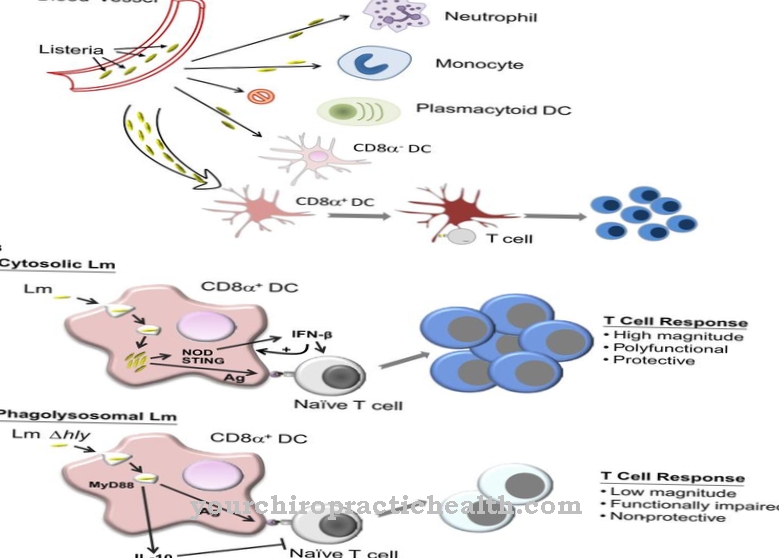
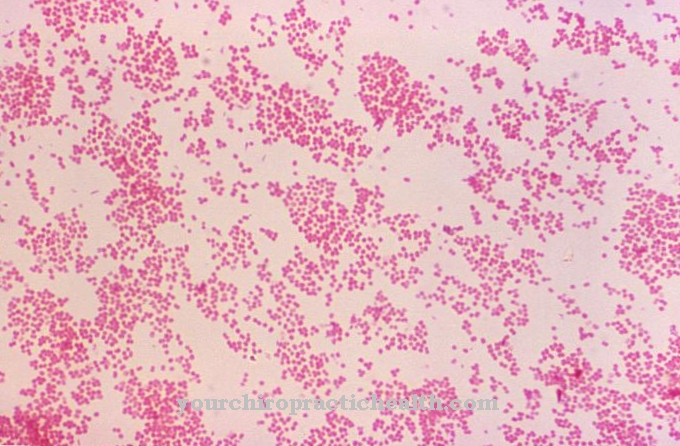

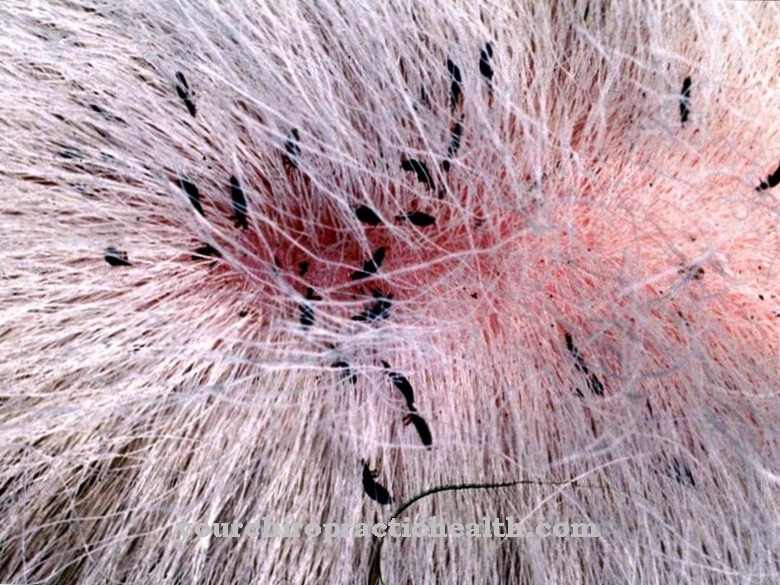




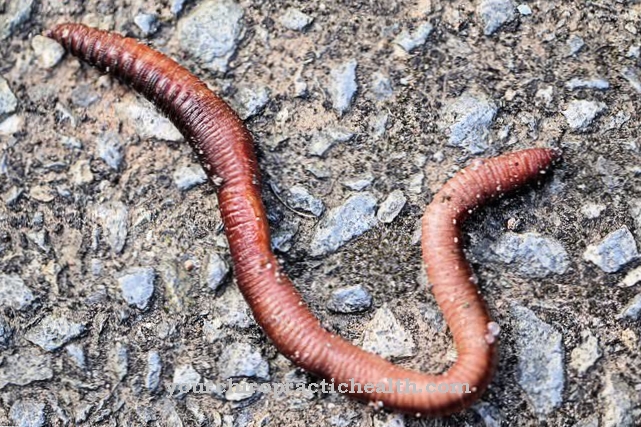









.jpg)
